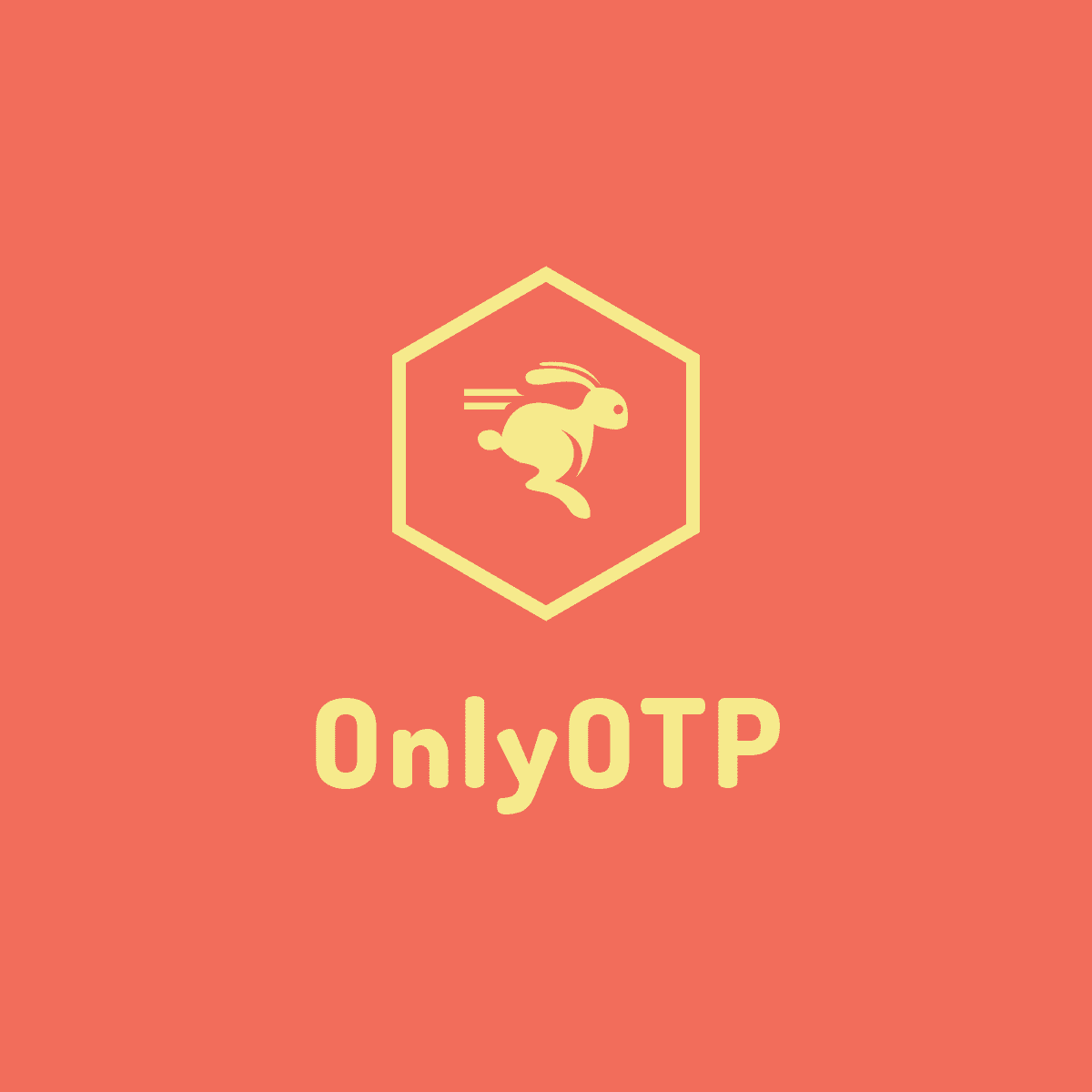Microsoft Finally Accounces the Official C# Certification
Microsoft has announced the official C# certification Foundational C# with Microsoft in partnership with FreeCodeCamp — a popular online learning platform.
Blog by Satish Yadav
Microsoft has announced the official C# certification Foundational C# with Microsoft in partnership with FreeCodeCamp — a popular online learning platform.
Developers spend much more time reading the code than writing it. So, after optimizing code for time and space complexity — optimize it for reading complexity. There’s even a term for that — Cyclomatic Complexity.
You are working on a cool new project, want to implement the amazing new design pattern that you learned about few days ago. All is well. Untill, your boss comes to your desk and tells you the release is pre-poned (is that even a word?) by 10 days. WTH man! Now whatever plans you had to make the code readable, testable, SOLID - goes for a toss, and you stuff the code to make up for the early release.
If you’ve installed Windows enough times, you already know the pain of installing all your Software and Apps again and again. If you haven’t, let me save you the pain and show you how to:
Docker is an open source platform for building, deploying, and managing containerized applications. Docker enables you to separate your applications from your infrastructure so you can deliver software quickly.
Microsoft announced the first private preview of SQL Server 2022 claiming “the most Azure-enabled release of SQL Server yet, with continued innovation in performance, security, and availability”.
So you wanted the new Windows 11 everyone’s talking about, but got a dreadful message liked that:
Did you know DynamoDB from AWS has a locally downloadable version which you can install on your local machine and use for development and testing purposes.
.NET 6 and why should I care?.NET 6 is the upcoming major overhaul for .NET. It unifies entire .NET experience. No more .NET Core, .NET Full Framework, Xamarine, Mono, etc. Just a single .NET.
LINQ FeaturesAt the time of writing this post, 5 previews of .NET 6 have been released and last couple of releases have been blessing for LINQ.
Here are few top new LINQ features:
Visual Studio 2022 Preview 1 is now available! If you’ve missed the official announcement on June 17th, 2021 - check it out. If you want to try out, head over to the official download page here.
The browsers only understand JavaScript, however with rise of stuff that we use on browsers e.g. Games, Virtual Reality, Augumented Reality, JavaScript hasn’t been able to catch up due to its inherent interpreted nature despite its powerful engines like V8.
Suppose you have a cool game or software developed in a low-level programming language e.g. C/C++ or a high-level programming language e.g. Java/C#/Rust/Go. With WebAssembly you can run these apps on a browser. Wihout re-writing them in JavaScript.
Wait, what?
Cloud Native Microservices and DevOps are much about speed and agility. Users expect rapid responsiveness, innovative features, and zero downtime. Feature flags are a modern deployment technique that helps increase agility for cloud-native applications. They enable you to deploy new features into a production environment, but restrict their availability. With the flick of a switch, you can activate a new feature for specific users without restarting the app or deploying new code. They separate the release of new features from their code deployment.
Hi, in this tutorial we’re going to create agRPC Service and Client using .NET Core. I’m assuming you’ve already heard about gRPC and want to see some code. In case you haven’t, here’s an excerpt from Microsoft Docs:
gRPC?gRPC is a modern, high-performance framework that evolves the age-old remote procedure call (RPC) protocol. At the application level, gRPC streamlines messaging between clients and back-end services. Originating from Google, gRPC is open source and part of the Cloud Native Computing Foundation (CNCF) ecosystem of cloud-native offerings.

Some point in your development career, you’d stumble upon an application which requires MSMQs (Microsoft Messaging Queues). Here’s how to create MSMQs in your local development machine.
This totorial will create a sample repo for using Couchbase with ASP.NET Core 3 with Linq2Couchbase AND Dependency Injection.
Key attribute on a column and then remove after scaffolding is completed.DbSet<T> should have gotten added where T is the class created in step#2. Change DbSet to DbQuery.OnModelCreating method of DbContext, add following code:
modelBuilder.Query<POCO from step#2>().ToView("Name of the view");
If you’re an ASP.NET developer, chances are you might have experience that first request to your application takes much more time than subsequent ones. The reason being:
If you are a Windows user, changes are you have had run out of space in C drive, at one point or another. This tutorial will help you clean-up C drive using directory links aka NTFS junction point.
Amper is a REST-API which converts Markdown text to Google’s AMP syntax.
I’ll keep this post short and to the point. Here’s the Server Side code for a Web API Contoller:
Hi, in this post we’ll see how to blog from an android phone using GitHub Pages and Jekyll.
If you’re reading this article that means you already know about Google Photos, if not let’s see.
Hola! This is my first post, so it ought to be a Hello World.
Stay tuned at my blog for more.